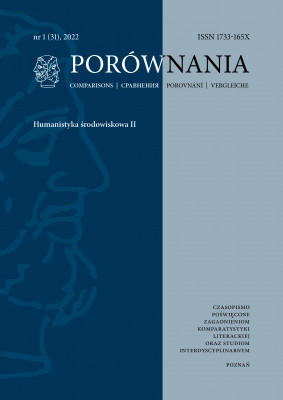Involuntary Reservations: Non-Fictional Literature on the Ecosystem of Nuclear Zones
Bruce Sterling called involuntary reserves such places that were “recovered” by nature as a result of a catastrophe, contamination or war. This type of reserve is the Chernobyl Exclusion Zone, almost completely uninhabited by people for over 30 years. On its Belarusian side, the Polessian State Radiation-Ecological Reserve was established. The abandoned villages have been consumed by nature, and endangered animal species find their refuge in the zone. At the same time, the zone is still irradiated, its landscape is filled with radioactivity stamps, vehicle cemeteries and mounds-burials where contaminated houses, objects, trees were buried. The article will present the representation of the Chernobyl ecosystem present in non-fictional literature ( including texts by Svetlana Aleksijewicz, Mary Mycio, Kate Brown, Igor Kostin and others ) and the problematization of the status of this environment, which Adam Higginbotham calls “contaminated Eden.”
| Article Title | Type | Size |
|---|---|---|
| Porownania 31 04 GIEBA | [pdf] | [181 KB] |
